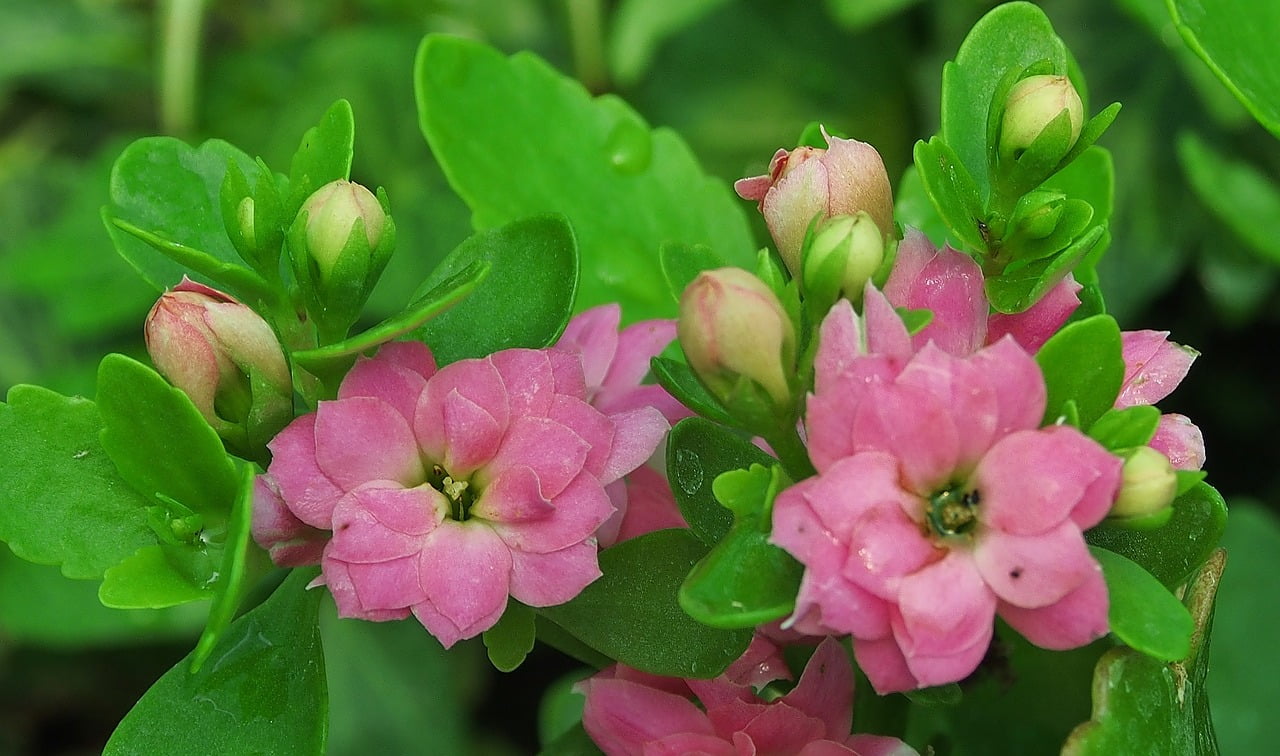
Kalanchoe and Planting: A Green Thumb’s Guide
Introduction
Gardening enthusiasts and plant lovers, welcome! In this comprehensive guide, we’ll delve into the fascinating world of Kalanchoe and explore the art of planting and caring for these delightful succulents. Whether you’re a seasoned green thumb or a novice gardener, this article is tailored to provide you with the essential knowledge you need to cultivate and nurture Kalanchoe plants successfully.
Understanding Kalanchoe
Kalanchoe, often referred to as the “Mother of Thousands,” belongs to the fascinating world of succulents. These hardy plants are native to Madagascar but have found homes in gardens and homes across the globe. Known for their striking and long-lasting blossoms, Kalanchoe plants have become a favorite among plant enthusiasts and casual gardeners alike.
The Allure of Kalanchoe
Kalanchoe’s allure lies in its remarkable ability to adapt and thrive in various environments. Whether you’re nurturing a flourishing garden or decorating your living room with potted plants, there’s a Kalanchoe variety that suits your needs. Let’s delve into the specifics of caring for these charismatic succulents.
Getting Started with Kalanchoe
1. Choosing the Right Kalanchoe Variety
Selecting the perfect Kalanchoe variety is your first step to success. Each type has its unique charm and care requirements:
Kalanchoe Blossfeldiana
This variety boasts clusters of vivid, jewel-toned flowers that can brighten up any space. Kalanchoe Blossfeldiana is an excellent choice if you’re aiming for a burst of color in your garden or home.
Kalanchoe Tomentosa (Panda Plant)
With its soft, fuzzy leaves, the Panda Plant is a tactile delight. It’s not only visually appealing but also quite low-maintenance, making it perfect for beginners.
Kalanchoe Luciae (Paddle Plant)
For those looking for an unusual succulent, the Paddle Plant is a standout. Its paddle-shaped leaves add a touch of quirkiness to your succulent collection.
2. Potting and Soil
Kalanchoe, like many succulents, requires well-draining soil to prevent waterlogging. Opt for a cactus or succulent mix, which provides the right balance of moisture retention and drainage. Additionally, choose pots with drainage holes to allow excess water to escape.
3. Planting Kalanchoe
Pot Preparation
Start by filling your chosen pot with the selected well-draining soil mix. Leave some space at the top to accommodate your Kalanchoe.
Transplanting
Gently remove the Kalanchoe from its nursery pot, being careful not to damage the roots. Shake off excess soil and place the plant in the center of your prepared pot.
Watering
After planting, water your Kalanchoe sparingly. It’s crucial to let the soil dry out between watering sessions to prevent root rot. Overwatering is a common mistake that can harm your plant.
4. Light and Location
Kalanchoe plants thrive in bright, indirect sunlight. To ensure their well-being, place them near a window with filtered sunlight or in an outdoor area that receives adequate light. Adequate sunlight helps these succulents grow and flourish.
5. Maintenance
Pruning
To maintain the shape and health of your Kalanchoe, regularly pinch back leggy growth. This encourages bushier growth and more prolific flowering. Pruning is an essential part of caring for your plant.
Fertilizing
During the growing season, which typically spans spring and summer, feed your Kalanchoe with a balanced liquid fertilizer. This nourishment ensures robust growth and vibrant blooms.
Repotting
Every 2-3 years, consider repotting your Kalanchoe. This allows you to refresh the soil and give your plant more space to thrive. Repotting is an opportunity to ensure your Kalanchoe continues to flourish.
Common Issues and Troubleshooting
1. Overwatering
Overwatering is a common mistake when caring for Kalanchoe. Remember that these succulents prefer to dry out between waterings. Allow the soil to become slightly dry before watering again.
2. Pests
Pests like mealybugs and aphids can occasionally bother Kalanchoe plants. Inspect your plant regularly and address any infestations promptly. Consider using organic pest control methods if needed.
3. Yellowing Leaves
If you notice the leaves of your Kalanchoe turning yellow, it may be receiving too much direct sunlight. Move the plant to a slightly shadier location to protect it from sunburn.
Conclusion
In conclusion, Kalanchoe plants are a joy to cultivate and a stunning addition to any garden or indoor space. Their resilience, vibrant blooms, and unique foliage make them a favorite among plant enthusiasts. By following the guidelines outlined in this comprehensive guide, you’re well on your way to becoming a proficient Kalanchoe gardener.
FAQs
1. Can I grow Kalanchoe indoors?
Absolutely! Kalanchoe thrives indoors in bright, indirect sunlight. Just ensure it gets enough light for healthy growth.
2. How often should I water my Kalanchoe?
Water sparingly. Generally, every 2-3 weeks is sufficient. Allow the soil to dry out between waterings to prevent root issues.
3. Do Kalanchoe plants require pruning?
Yes, pruning is essential to maintain a neat and healthy appearance. Regularly trim leggy growth to encourage bushier growth.
4. What should I do if my Kalanchoe gets leggy?
To address leggy growth, pinch back the stems to promote compact and attractive foliage.
5. Can I propagate Kalanchoe from leaf cuttings?
Indeed, you can! Kalanchoe is easy to propagate from leaf cuttings. Place the cut leaves on well-draining soil, and soon you’ll have new plants to enjoy.